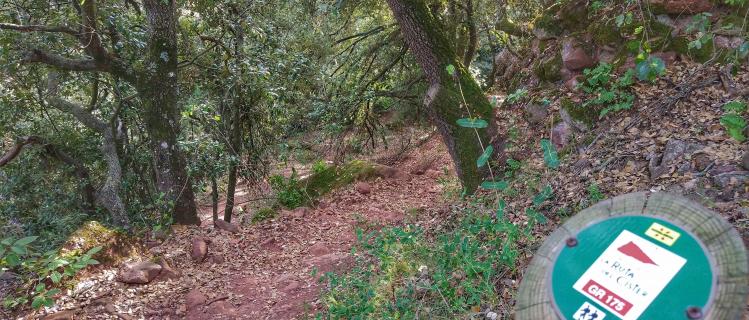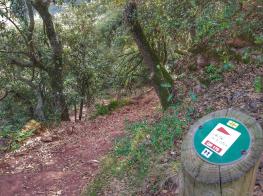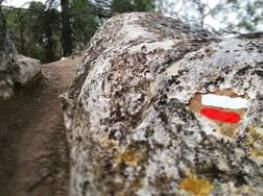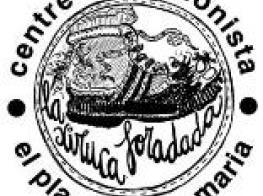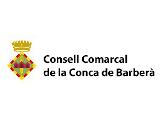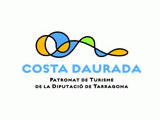In 1989 the regional councils of l’Alt Camp, the Conca de Barberà and l’Urgell initiated institutional collaboration to promote The Cistercian Route, to take advantage of the tourist and cultural attraction offered by the three Cistercian monasteries in New Catalonia and the 65 municipalities in the three regions. This collaboration focused on the creation of The Cistercian Route.
In 1996, the Xiruca Foradada Excursionist Centre created the trail through the monastery ways. In 1998 the three Regional Councils became interested in the route and signposted it with rural sign and they were incorporated into promoting The Cistercian Route, as a new tourist product in hiking. In 1999 the route is standardised as a long distance route and was given the number 175, acknowledged within the ambits of the FEDME and the ERA (European Ramblers Association).
In 2007, the Xiruca Foradada Excursionist Centre, the entity that takes care of the trail and the horizontal signposting, presents improved vertical signposting that respond to the changes that have taken place throughout the route during the ten years since its creation: asphalting, road infrastructures, wind-farms, wider paths, housing, etc.
In the years 2008 and 2009, the regional councils carried out a new reform on all of the vertical signposting in response to this request and they installed walkways, handrails in the most difficult parts, and some eco-counters to count the number of users.
In the stretch in which the GR®175 goes through Poblet Nature Park, public use and signposting, among other things, were regulated. Poblet Nature Park collaborates with The Cistercian Route in everything within its powers, especially when the trail enters within the natural areas that have special protection.
At the end of 2009 the 6T Card was created, with the participation and collaboration of different tourist establishments in the territory, with the aim of giving the region a boost and to promote the trail as a tourist product in hiking along The Cistercian Route.
In 2010 the GR®175 The Cistercian Route Commission was created as an organ for public and private participation with the main aim of converting the GR®175 The Cistercian Route into a known and renowned tourist product, led and coordinated by the management body of The Cistercian Route.
The GR®175 Commission is made up of:
- a representative/technician from the Alt Camp Regional Council
- a representative/technician from the Cona de Barberà Regional Council
- a representative/technician from the Urgell Regional Council
- a representative from the Xiruca Foradada Excursionist Centre
- a representative from Poblet Nature Park
Every year the regional councils carry out a diagnosis about the conditions of the vertical signposting included in The CIistercian Route’s annual budget.
The design of the GR175 unites the 3 Cistercian monasteries in our regions (SantesCreus, Poblet and Vallbona de les Monges) and crosses the municipalities of: Aiguamúrcia (Santes Creus Monastery), Pla de Santa Maria, Figuerola del Camp, Montblanc, l’Espluga de Francolí, Vimbodí-Poblet (Poblet Monastery), Vallbona de les Monges, Rocallaura, PassanantiBelltall, Forès, Rocafort de Queralt, Montbrió de la Marca (Sarral), Cabra del Camp and Pont d’Armentera.




